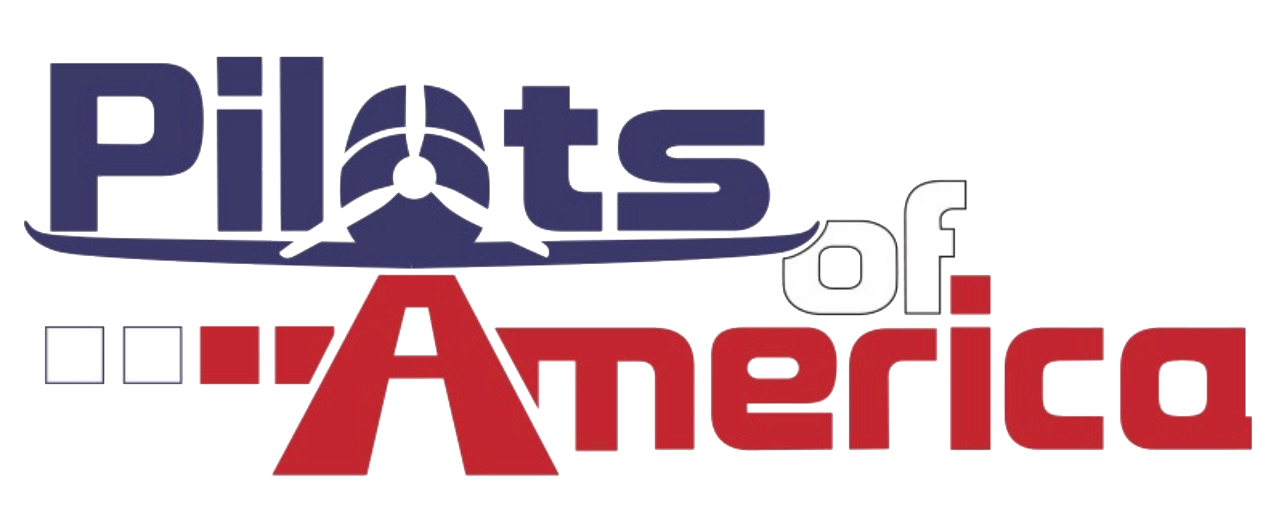Interesting... Chart design and nomenclature changes, ok on an abbreviated amendment. Approach name changes require a full amendment.
It's actually a little more granular than that. This is getting into the weeds, but:
Full amendments require a full form 8260-3 or 8260-5. Anything and everything can be changed this way.
Abbreviated amendments can be promulgated by either a form (-3 or -5), OR via NOTAM action.
- If amended via form -3 or -5, most things can be changed as long as they do not change the routing or lower minimum altitudes (and some other details, shown in that table). Because they do not change routing or lower altitudes, many abbreviated amendments do not require flight inspection, so it's a big cost saver.
- If amended via NOTAM, the list of changeable things is even smaller, because:
The main difference between the two methods is that if done via a -3 or -5 form, the first the pilot will see of the changes is the actual published chart. If done via a NOTAM, the pilot will first see the NOTAM and have to manually edit the chart to include the NOTAMed changes. You can tell when the NOTAM is permanently amending the chart by the verbiage:
VOR RWY 18, Amdt 1...blah blah blah change change change...This is VOR RWY 18, Amdt 1A.
That statement at the end permanently changes the chart. A couple of chart cycles after the NOTAM is sent, the actual chart will be updated and the NOTAM canceled.
NOTAMs without the "This is" verbiage are "temporary" in nature, although may become permanent (actually a new NOTAM will be published with typically similar wording, but adding the "This is" verbiage).
Procedure name can be changed by either full amendment or abbreviated amendment using the forms. It cannot be changed by NOTAM action.
And then there are changes that can be made without an amendment at all! This is non-procedural stuff, typically frequencies or items on the airport diagram.
And then there are a few things which cannot be changed by any amendment process, the procedure must be canceled and a new one published (which would typically happen simultaneously, but that's the process) - for example, a LOC-only procedure adds a Glideslope. The LOC procedure would be canceled and an ILS OR LOC procedure published. Or a straight-in approach is changed to a circling-only approach (or vice versa, although that must be exceedingly rare).





